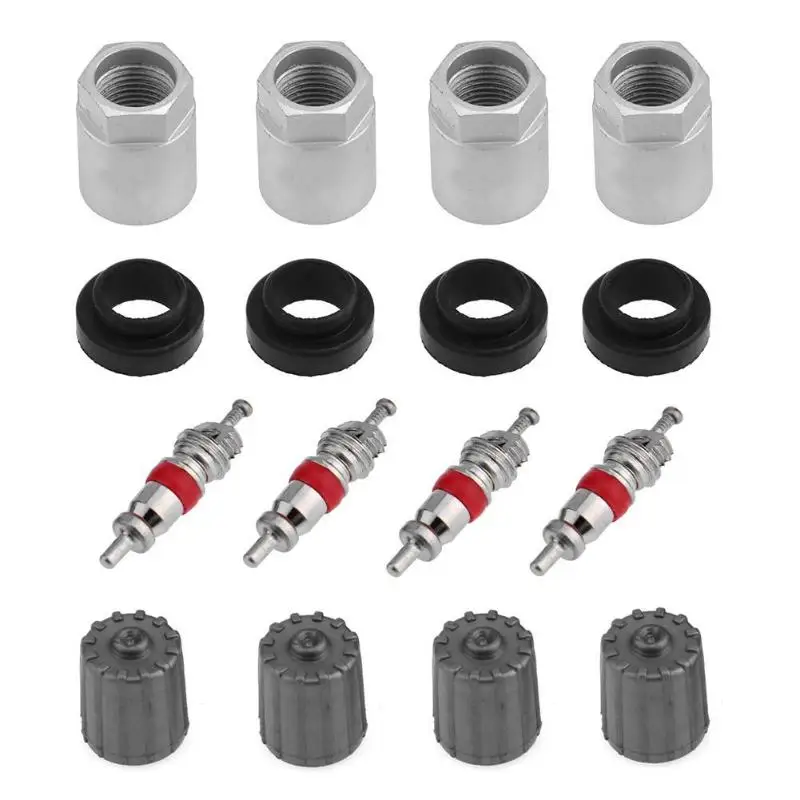Compare
Compare
Compare
Compare
Compare
Compare
Compare
Compare
Compare
Compare
Compare
Compare
Compare
Compare
Compare
Compare
Compare
Compare
Compare
Compare
Compare
Compare
Compare
Compare
The tire pressure monitoring system (TPMS) includes sensors in the tires to measure tire pressure.
This information is relayed to the engine's computer or body control unit and displays warnings when tire pressure is too low. They are powered by a small battery and are built into the wheel's valve stem or attached to the inside of the wheel. When the TPM sensors are damaged or wear out, they may not work properly. If air leaks develop, the TPM sensors may be fine, but seals or the valve core may need to be replaced. A TPMS service kit includes a collar, seal, valve core, and more to maintain your tire pressure sensors. If you need a TPMS service kit or a complete TPMS sensor, check out O'Reilly Auto Parts for all of your TPMS repair parts.
6 Steps to TPMS Success
Many vehicle manufacturers state that the valve stem components are replaced every time the tire is serviced on vehicles with TPMS.
“Always remove and replace used snap-in valves when replacing tires.”
“When new tires are installed, it is recommended to also replace all components that are included in the TPMS valve replacement kit.”
This service kit is for OE TPMS Sensors with Aluminum Valve Stems. The typical kit consists of a hex nut, grommet [seal] valve core and dust cap.
This service kit is for OE TPMS Sensors with replaceable aluminum valves. The typical kit consists of a new valve, grommet [seal], hex nut, valve core, screw, and dust cap.
This service kit is for OE TPMS Sensors with replaceable rubber valves. The typical kit consists of a new valve, valve core, screw, and dust cap.
The typical kit consists of a new valve, valve core, screw, and dust cap.
Getting started in TPMS Service can be tricky. Bartec USA has taken all the guess work out of TPMS Service with our TPMS Starter Cabinet!
Service Kit Assortment Kits are designed to get the most popular service kits into your tire business quickly and easily.
Many vehicle manufacturers as well as USTMA, state that the valve stem components are replaced every time the tire is serviced on vehicles with TPMS!
TPMS and so much more! The Next Generation in TPMS Tool is based on Bartec’s latest platform design.
What is a TPMS sensor?
The TPMS sensor is a device attached to the valve stem located on the wheel. The functions of the TPMS sensor are: 1. Hold air in the wheel/tire assembly, 2. Measure air pressure, and 3. Transmit data over the air.
What is a universal TPMS sensor?
Generic sensors are non-genuine equipment (OE) TPMS sensors used in the replacement market. Programmable sensors and multi-protocol sensors are considered universal sensors.
What is the difference between a programmable sensor and a multiprotocol sensor?
Programmable sensors must be programmed using the TPMS Tool according to the specifications of the vehicle in which they are installed.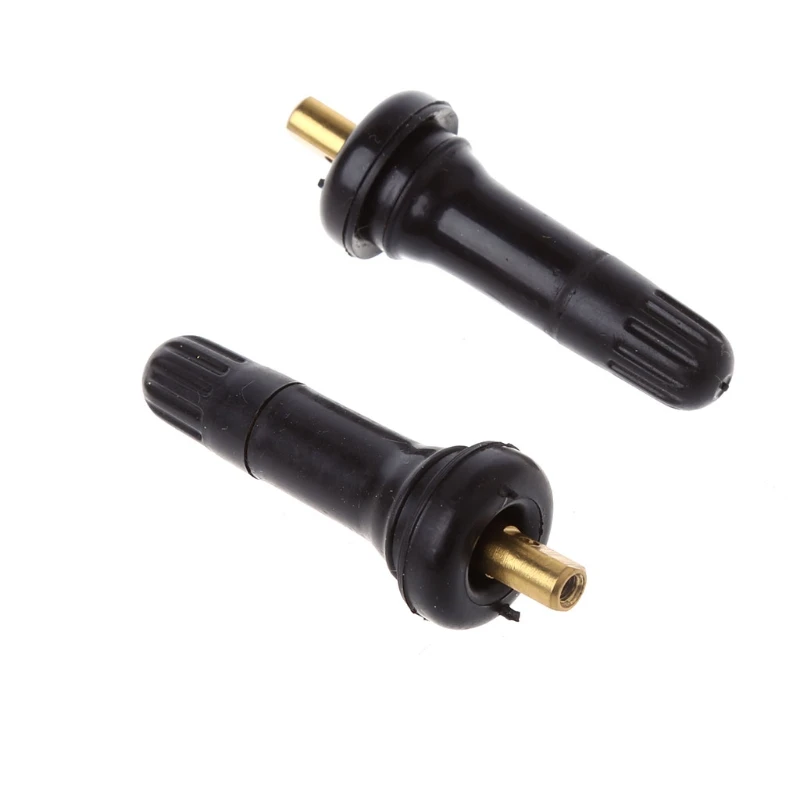
After recording, most programmable sensors provide the same information as the original equipment sensors. Multi-protocol sensors have several specific protocols pre-loaded into the sensor.
In other words, they are designed for passenger cars of different makes, models and years of production from different manufacturers. Typically, these sensors do not require programming, but also require several different part numbers.
How do I know if the sensor battery is dead?
In most cases you won't do this unless the warning light flashes intermittently for 60-90 seconds, but you still need to retrieve the codes and check the sensor. It is best to take the car to an authorized service center for testing, for example, to the service of our company “80 wheels”.
I just changed the wheels/swapped. Do I need to do something on my TPMS system?
80wheels recommends relearning sensors after swapping wheels. This way the TPMS system knows the exact location of each sensor/wheel.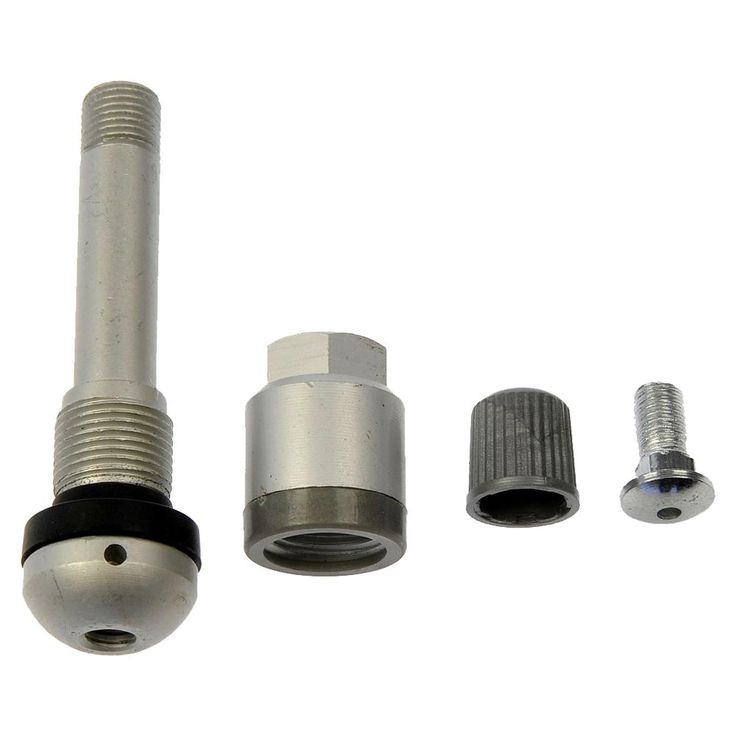
What are the advantages of tire pressure monitoring systems?
Tire pressure monitoring systems or TPMS provide real safety and cost benefits for car owners.
By helping drivers keep their tires properly inflated, TPMS can help improve ride and handling, reduce stopping distances and reduce the chance of hydroplaning.
TPMS can also reduce fuel consumption and extend tire life.
The TPMS is designed to monitor tire pressure and send an alert to the vehicle's on-board monitoring system when the pressure drops below a predetermined limit.
Can't I tell if my tires are flat just by looking at them?
You can't always tell if a tire is under-inflated just by looking at it. You cannot easily tell if a tire is under-inflated by kicking or pressing on it.
The only way to accurately check tire pressure is to use a quality pressure gauge. A tire can lose air pressure, but it doesn't look like it's under-inflated.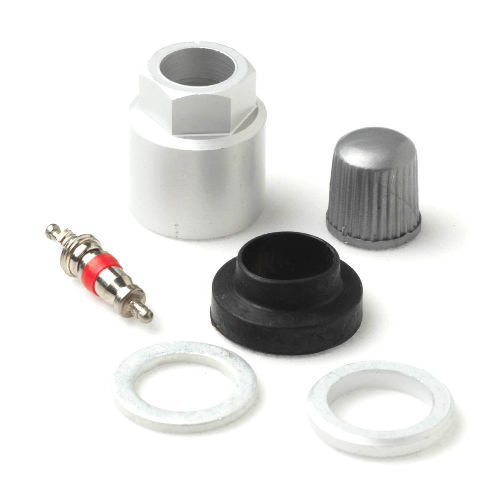
The visual difference between a properly inflated and an under-inflated tire is very small.
I have a Honda CRV and was told that I don't have TPMS sensors, but I do have a TPMS warning light.
Some car manufacturers have chosen to use an indirect TPMS system, which uses algorithms that use anti-lock brake sensors and other systems to measure wheel rotation.
Wheels spinning faster than others indicate lower tire pressure and trigger a TPMS warning.
How long should my TPMS sensors last?
TPMS sensor life will vary depending on several factors including temperature (cold can shorten sensor life as well as excessive humidity), garage or outdoor parking, daily mileage, maintenance of the TPMS sensor.
You can typically expect a sensor to last between 7 and 12 years before it fails under typical driving conditions.
How soon after the TPMS light comes on should I check my tire pressure?
You should stop as soon as possible to check and make sure all your tires are in good condition.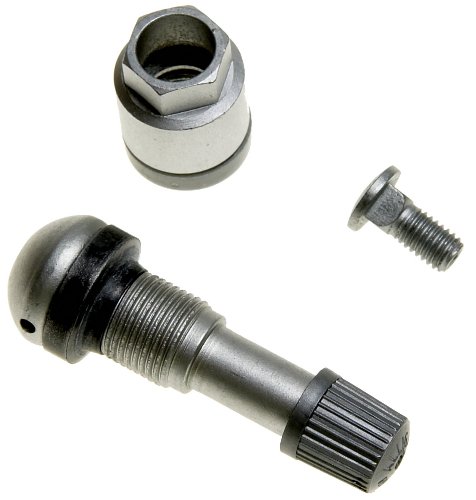 Driving at extremely low tire pressure can result in an accident or damage to the rubber and rim.
Driving at extremely low tire pressure can result in an accident or damage to the rubber and rim.
If the tires seem to be deflating, find a service center that can check the air pressure when possible.
Can the TPMS sensor battery be replaced?
No. The battery in the sensor cannot be replaced. The case is sealed to protect the internal components, including the battery, in the harsh conditions inside the tire.
Why does my car have a tire pressure monitoring system (TPMS)?
Starting with model year 2008, some departments of transportation require the installation of a tire pressure monitoring system on all new passenger cars, multi-purpose cars, trucks and buses weighing up to 4500 kg (excluding vehicles with twin wheels on axles).
A law requiring TPMS sensors was passed in response to rollover deaths caused in part by vehicles with under-inflated tires.
What does it mean if the TPMS warning light starts flashing and then goes off after a minute or more?
A flashing TPMS warning light (looks like a horseshoe) or illuminated TPMS letters indicates a TPMS failure.
This means that the system is not working properly and needs to be diagnosed by a workshop.
This could be a faulty sensor(s), or another component in the system, or an inability to properly reprogram the vehicle's sensor IDs.
What does it mean when a store tells me they have to write IDs into the computer?
Each TPMS sensor has a unique ID number so the vehicle's TPMS controller can locate that ID and the wheel.
Identification numbers are written using the Relearn procedure to the TPMS controller.
This allows a trained technician to test the location of the failed sensor(s) and the equipment can show the correct air pressure based on the location.
Most retraining requires a properly formatted TPMS tool.
Why am I charged for TPMS retraining when I change tire positions?
When wheels and tires are rotated, or tires are changed, the TPMS sensors move to a different location on the vehicle.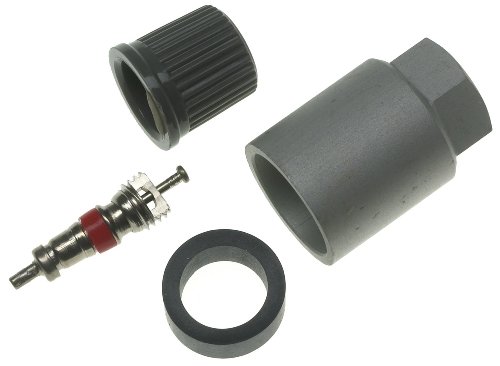
Repair technicians must perform a function known as vehicle retraining. The specialist will use equipment, a TPMS scan tool or tool to complete this task.
This task requires training, equipment and time, which is why many tire retailers and car service providers charge for services.
Why should I make sure my TPMS is working properly?
Low tire pressure is one of the main causes: air leaks leading to an accident resulting in death/injury, excessive tire wear, poor handling, reduced fuel efficiency, reduced effectiveness of the vehicle's stability control system.
Why does the TPMS light stay on?
Typically, this means the wheel is in a low pressure condition, at least 25% below the pressure indicated on the driver's door pillar decal.
Can I replace the TPMS sensors myself or have a friend who works with cars do it?
A tire changer is required to replace TPMS sensors. After installation, the wheel must be re-balanced.
After installation, the wheel must be re-balanced.
If you or a friend has access to a tire changer and balancer, as well as the appropriate tools for installing sensors and re-learning procedures, you can attempt to replace the sensor.
However, we recommend that you contact a reputable repair shop to have the sensor installed and retrained.
Tire pressure sensors is one of the fastest growing automotive products in Europe. A competent driver cares about the condition of the components of his car, and tires that are responsible for traction and safety are undoubtedly the most important of them.
The most popular British magazine Auto Express (AE) carried out its own testing with a pressure sensor (Tyre pressure monitoring systems - TPMS), in order to guide the reader when choosing this device.
After 8 years of monitoring the condition of tires at their service centers, Michelin concluded that 62% of vehicles had incorrect tire pressure, which negatively affects wear, grip and braking.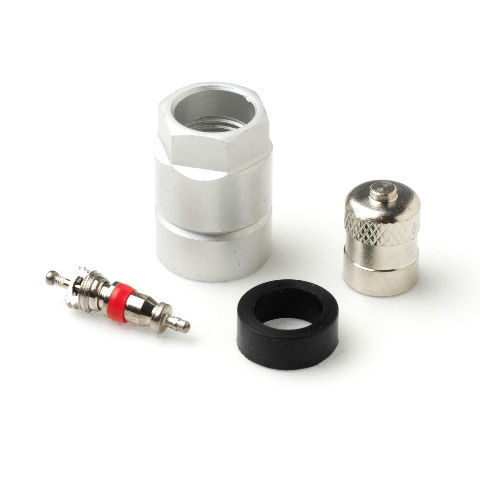 In 37% of the cars tested, the tire pressure was completely unsafe. Therefore, choosing the right pressure sensor is the task of every motorist.
In 37% of the cars tested, the tire pressure was completely unsafe. Therefore, choosing the right pressure sensor is the task of every motorist.
Failure to monitor tire pressure is fraught with increased fuel consumption, poor safety and overheating of summer wheel sets. In Europe since 2012 each new car is equipped with this system, which are completed by the manufacturer. But what if your car is older than 2012 or your pressure sensor is damaged? Naturally, get a new one. And in order to help the reader in their choice, the Auto Express magazine team set out to find the best pressure sensors (TPMS).
AE has tested two types of sensors - outer which replaces valve caps on tires and inner which are mounted on the inner wall of the wheel.
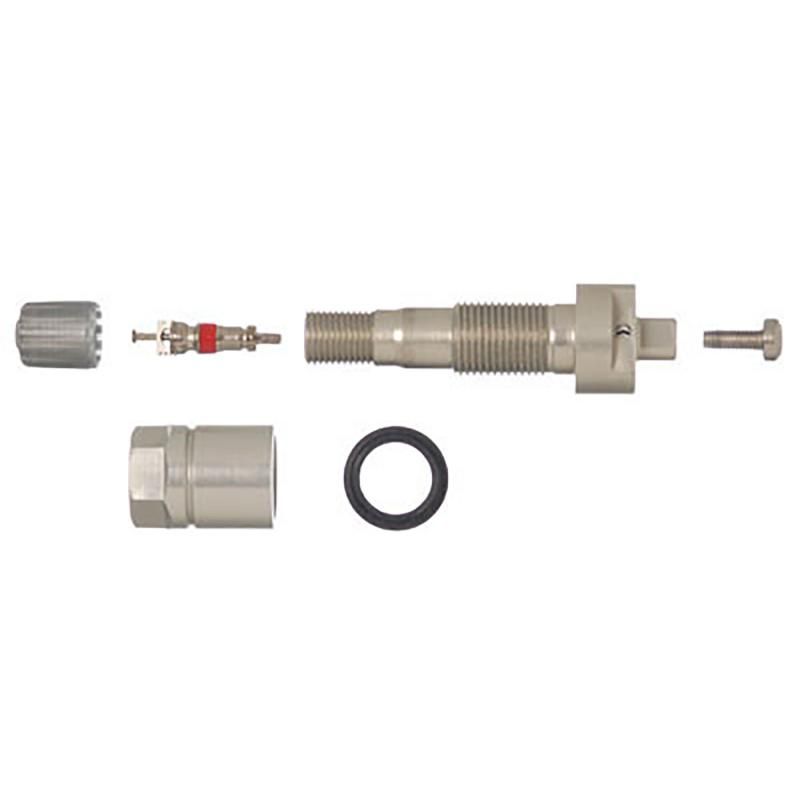 It is quite difficult to do this at home, and a specialist has such a paid service.
It is quite difficult to do this at home, and a specialist has such a paid service. During testing, experts tested the response to pressure changes with a gradual increase in pressure at 22 (1.5 atm) , 36 (2.4 atm) and 44 (3.0 atm) psi . Psi is psi .
For ease of conversion from PSI to Atmospheres (atm), and Kilopascals (kPa), Autoshini Com provides readers with a summary table of tire pressures.
| Pressure in psi | 20 | 21 | 22 | 23 | 24 | 25 | 26 | 27 | 28 | 29 | 30 | 31 | 32 | 33 | 34 | 35 | 36 | 37 | 38 | 39 |
| in kPa | 138 | 145 | 152 | 159 | 165 | 172 | 179 | 186 | 193 | 200 | 207 | 214 | 221 | 228 | 234 | 241 | 248 | 255 | 262 | 269 |
| at atm (bar) | 1. 4 4 | 1.4 | 1.5 | 1.6 | 1.6 | 1.7 | 1.8 | 1.8 | 1.9 | 2.0 | 2.0 | 2.1 | 2.1 | 2.2 | 2.3 | 2.4 | 2.4 | 2.5 | 2.6 | 2.7 |
| psi | 40 | 41 | 42 | 43 | 44 | 45 | 46 | 47 | 48 | 49 | 50 | 51 | 52 | 53 | 54 | 55 | 56 | 57 | 58 | 59 |
| in kPa | 276 | 283 | 290 | 296 | 303 | 310 | 317 | 324 | 331 | 338 | 345 | 352 | 358 | 365 | 372 | 379 | 386 | 393 | 400 | 407 |
| to atm (bar) | 2.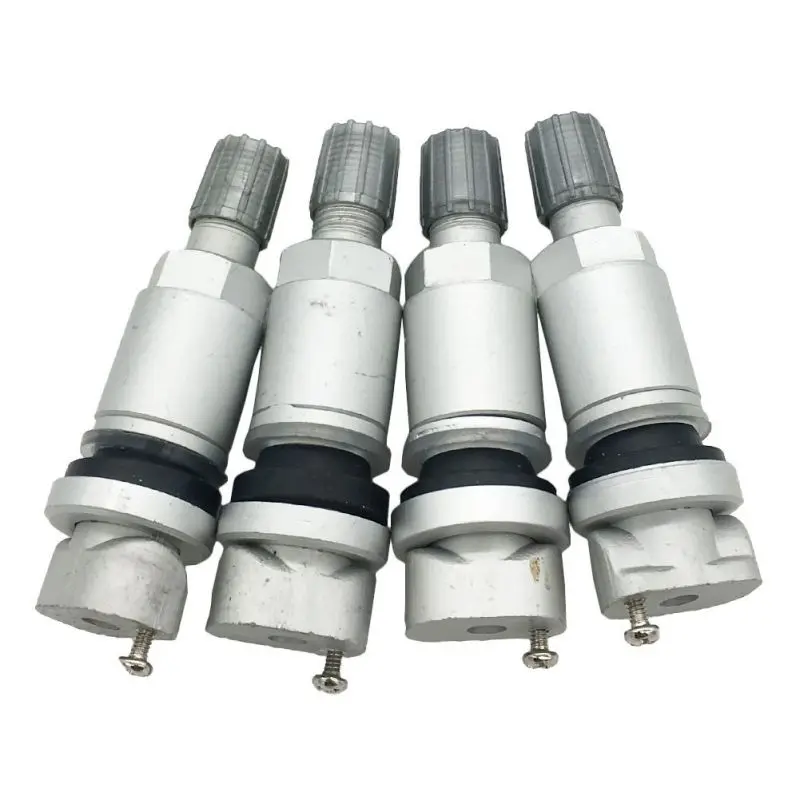 7 7 | 2.8 | 2.9 | 2.9 | 3.0 | 3.0 | 3.1 | 3.2 | 3.3 | 3.3 | 3.4 | 3.5 | 3.5 | 3.6 | 3.7 | 3.7 | 3.8 | 3.9 | 3.9 | 4.0 |
Before considering the test results, you should understand that the prices are in pounds, but this does not mean that they cost the same for us, it is just a good illustrator of the price / quality indicator, so this information was preserved when adapting the material. It is also worth considering that not all tested devices are present on the domestic market.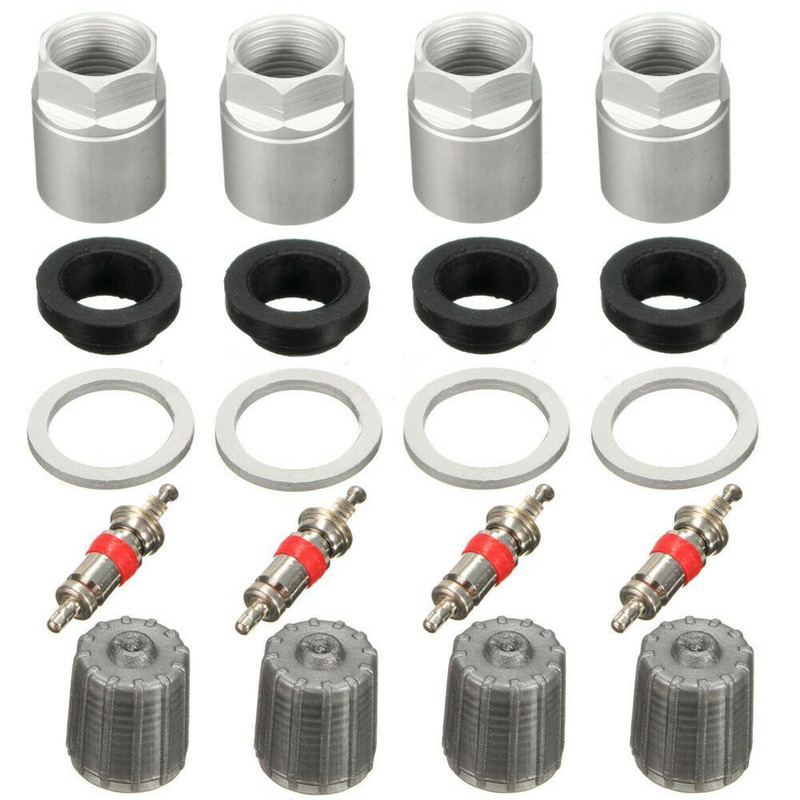 Nevertheless, the positive and negative aspects of the sensors revealed during testing will help you better navigate when buying.
Nevertheless, the positive and negative aspects of the sensors revealed during testing will help you better navigate when buying.
1.SteelMate tp-s1i
Type: internal
Price in pounds: 150
Rating: ★ opa into the wheel rim, so professional installation is required. In addition, the sensors and head unit need initial calibration, which is not easy to master.
However, it makes up for it with superior safety, longer battery life and real-time readings displayed in the car's interior on the control unit online. At the same time, the head unit runs on a solar battery. Very convenient and practical, given that the system is quite accurate. The best balance of price, features and quality.
2.TPMS from Michelin
Type: external
Price in pounds: 120
Rating: ★cle
Michelin system includes a head unit (a solar battery) and 4 readers) pressure, which are installed in place of the valve. The test results showed that the sensors instantly respond to changes and present accurate data from time to time.
The test results showed that the sensors instantly respond to changes and present accurate data from time to time.
The system is designed to be completely user friendly, and it excels at that (this is a newer version of the Fit2Go 4-wheel TPMS, after all). You simply screw the sensor into the valve of a properly inflated tire and the setting is automatically calibrated. Instructions for use are printed on one sheet for quick reference.
AE also liked that the system could monitor up to 12 valve sensors. Two replacement sensors cost £24.95. Well thought out external touch package.
3. TyrePal Solar4
Type: external
Price in pounds: 100
Rating: ★★★★ ☆
These waterproof sensors include special In low light, the high-quality display is illuminated with a backlight that gradually turns red, flashes and beeps when a change in pressure or temperature is detected. The unit reacts almost instantly to air loss and activates immediately. Well priced, accurate and efficient.
Well priced, accurate and efficient.
4.Tireinsight Smartphone TPMS Kit
Type: Inner
Pound Price: 200
Rating: ★★★★ ☆
9002
9002 pressure based pressure reading This system provides temperature reading based on Google Play simultaneously (there is also an iOS version). The software is well laid out and contains pop-up messages for sudden deflation and abnormal pressures. However, the battery life is three years. Impressive but expensive.
5.Tyre Pilot STP1400
Type: external
Price in pounds: 100
Rating: ★★★ ☆☆
90 The gauge is small but hard to lose, pressure readings are accurate, and warnings are clear and constant. Responses to pressure changes were fast. AE also liked the clip design that keeps it in place. But there is not enough solar battery, it works through an outlet.
6.SchRader AIRAWARE TPMS 65594-67
Type: internal
Price in pounds: about 170
Rating: ★cle
This is the only set experienced with modern, fully rubber, dazzling.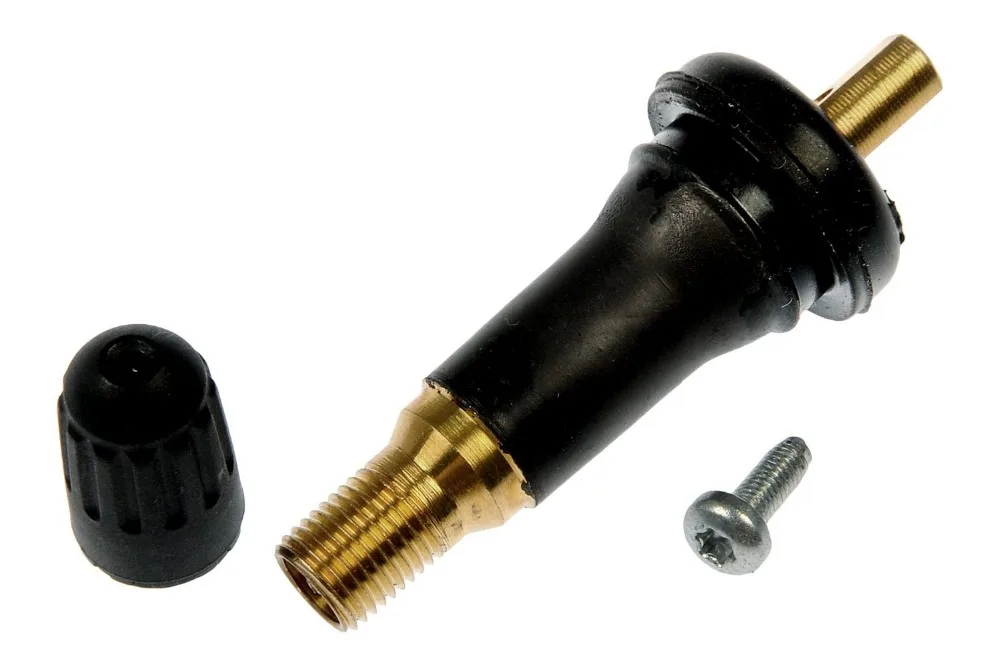 valve. The pressure readings were accurate, but there was no over pressure warning. The display looks cheap and doesn't show all four tire readings at the same time. He also lost contact with the sensors three times during testing, although he automatically reconnected to them. The system needs improvement.
valve. The pressure readings were accurate, but there was no over pressure warning. The display looks cheap and doesn't show all four tire readings at the same time. He also lost contact with the sensors three times during testing, although he automatically reconnected to them. The system needs improvement.
7.alligator Sens.it Retrofit-Kit
Type: Internal
Price in pounds: 215
Rating: ★cle .8 atmospheres), but require time to stabilize. Although this is the most expensive kit, its display looks cheap. The specialists did not like that it was necessary to access the temperature settings separately, although logically this should be enabled automatically.
8. Fit2Go
Type: external
Price in pounds: 100
Rating: ★★★ ☆☆
This is one of the most user-friendly systems. The Fit2Go's sensors are self-calibrating, while the solar-mounted power supply has visual and audible alerts.